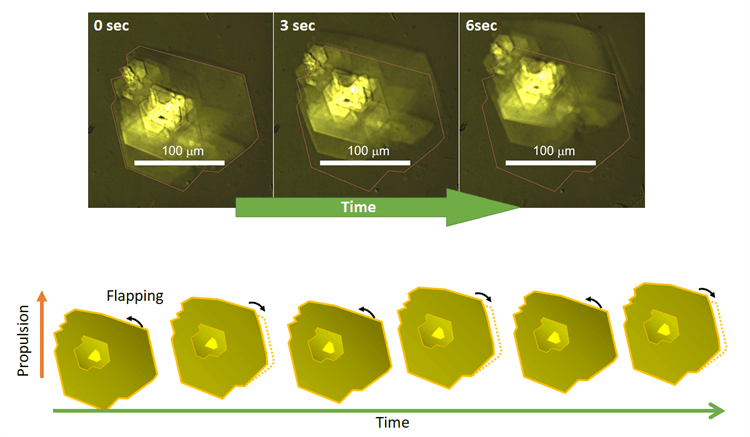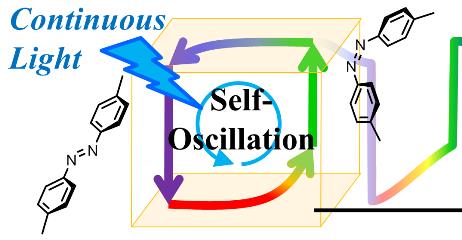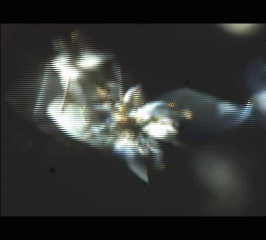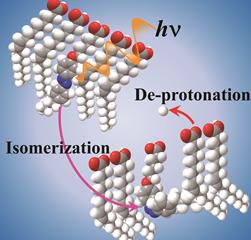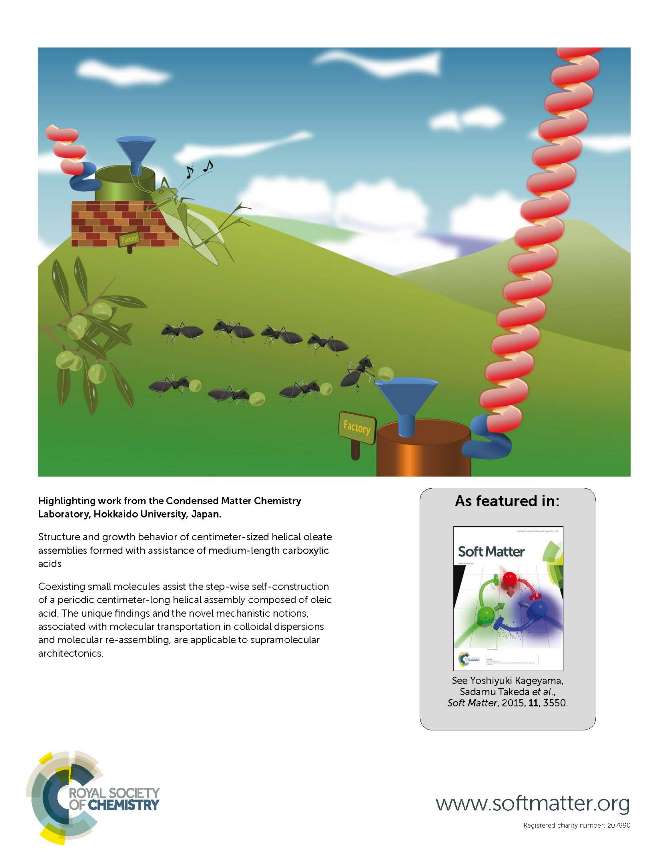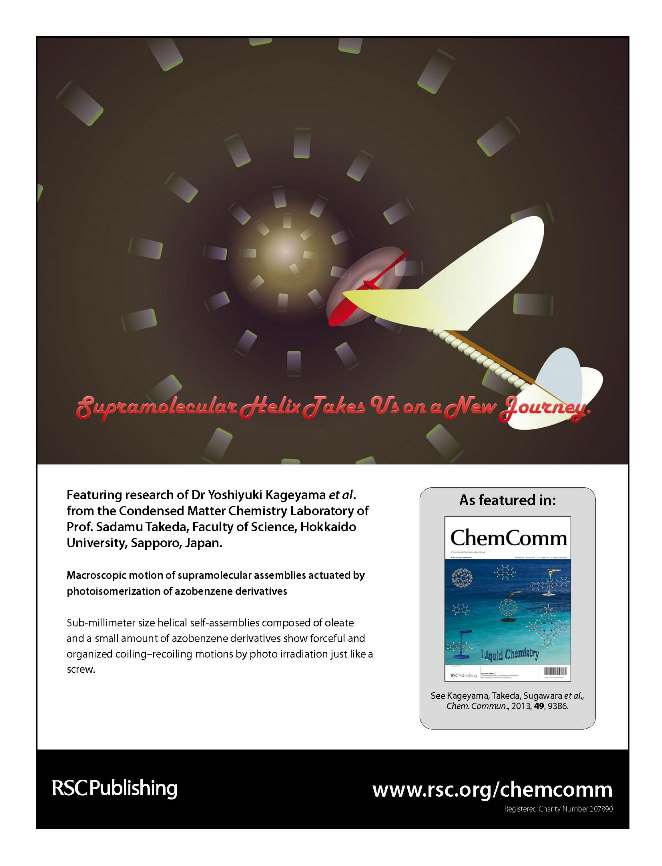Construction of Dynamic Integrated Chemical Systems
Systems Chemistry based on Physical Organic Chemistry
|Basic Commitment of Our Group|
Hokkaido University has four basic principles: frontier spirit, emphasis on practical study, all-round education for individual human, and the cultivation of internationalism. Among these, the emphasis on practical study is a fundamental principle that emphasizes the pursuit of academic or scientific essence, rather than the evaluation of honor or prestige. Despite today's competitive research environment, we will continue our research and educational activities so as not to lose sight of this basic principle.
|Current Research Aim|
We have achieved the self-sustained transformation of a microscale object composed of multiple molecules. By utilizing this autonomous motion, our aim is to achieve mechanical work and information transformation at a higher level. I'm afraid that you may confuse. Self-sustaining transformation alone cannot generate mechanical work: further symmetry broken is required. For the information transformation, it is similar. By this way, we aim to establish the concept for an autonomous chemical system with practical functions. As our group is currently a small research unit without students, we are limited to setting specific research themes. However, student assignments are expected to be allowed starting from the 2025FY. When the size of our laboratory group grows, we will create brandnew far-from-equilibrium phenomena in non-equilibrium steady conditions.
Highlights
Featured in web media

"Making Molecular Micororobots a Reality." The background of YK's study is introduced in British web media "AZO Robotics" on 1 Feb 2022.
New Project MOLECULAR ENGINE

"Molecular Engine: Design of Autonomous Functions through Energy Conversion", a Grant-in-Aid for "Scientific Research on Innovative Areas" from MEXT in Japan, is started.
http://www.molecular-engine.bio.titech.ac.jp/
Tackling Global Issues Vol.1 — Soft Matter: Material of the Future
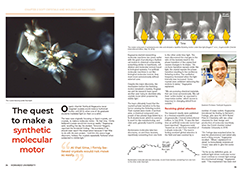
Our research was introduced in the first issue of the magazine "Tackling Global Issues" published by Hokkaido University.
Publisher: Hokkaido University
Article: https://issuu.com/hokkaidouniversity-gro/docs/soft_matter-material_of_the_future/34
Asia Research News 2017 —Ever-shrinking robots
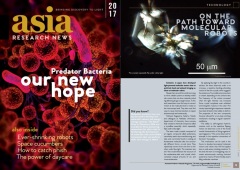
ResearchSEA highlighted our research in the Asia research news magazine.
Publisher: researchSEA
Article:
http://issuu.com/asiaresearchnews/docs/arn-2017_issuu_med-high/7
Spotlight on Research 2016-2017 Hokkaido University
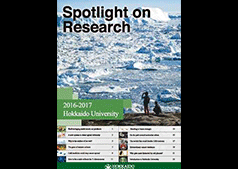
Our research was introduced in the international relations magazine of Hokkaido University
Publisher: Hokkaido University
Article: http://issuu.com/hokkaidouniversity-gro/docs/web___1-28p/16
Admission Information
Graduate School Students: Since 2020FY, our group is prevented to accept new students by our department, but it is planned that admissions resume in the near future. We are expecting that it resumes from 2025FY (fiscal year generally starts from April in Japan), the entrance examination for which will be held on August 2024 and February (or March) 2025. If you are interested in, please contact to Yoshiyuki. For the inquiry of admission to doctorial courses, you should send me your research plan and your perspectives about the chemical science, rather than your CV. For the inquiry of admission to masters courses, send me your future plans. We apologize that we could not accept new students during 2020FY-2024FY.
Postdoctoral Fellowships: Ask Yoshiyuki via e-mail. You should get your scholarship by yourself, because I cannot promise you to get funds. I will assist you in preparing your application if necessary. For the inquiry for researcher positions, you should send me your research plan in our group referring to my research results, as well as your perspectives about the chemical science, rather than your CV.
Planned Research Topics from 2025:
- Generalizing and understanding non-equilibrium chemical phenomena and developping their applications.
- Creating new dynamical systems chemically (Research on molecular robotics).
- Linking our research outcomes with cell biology (Research for the creation of micro-cyborgs).
Personal and Team Information
 Yoshiyuki Kageyama was born in Hiroshima in 1977 and obtained his Ph.D. from the University of Tokyo in 2006 under the direction of Prof. Shigeru Murata. He continued his study of the construction of biomimetic supramolecular systems based on organic chemistry as a postdoc in Prof. Tadashi Sugawara's group at the University of Tokyo. Next he moved to the Faculty of Pharmaceutical Science at Tokyo University of Science as a postdoc and studied organic photochemistry and molecular-recognition chemistry in aqueous media under the direction of Prof. Shin Aoki. In 2009, he became an assistant professor at Laboratory for Condensed Matter Chemistry at Hokkaido University. His specialty is physical organic chemistry, especially the kinetic study of organic reactions.
Yoshiyuki Kageyama was born in Hiroshima in 1977 and obtained his Ph.D. from the University of Tokyo in 2006 under the direction of Prof. Shigeru Murata. He continued his study of the construction of biomimetic supramolecular systems based on organic chemistry as a postdoc in Prof. Tadashi Sugawara's group at the University of Tokyo. Next he moved to the Faculty of Pharmaceutical Science at Tokyo University of Science as a postdoc and studied organic photochemistry and molecular-recognition chemistry in aqueous media under the direction of Prof. Shin Aoki. In 2009, he became an assistant professor at Laboratory for Condensed Matter Chemistry at Hokkaido University. His specialty is physical organic chemistry, especially the kinetic study of organic reactions.
He is interested in the construction of integrated chemical systems that work cooperatively with their dynamic properties. When considering life phenomena, we can recognize the importance of supramolecular dynamics in their highly functionalized homeostatic feature. A well-known example is the allosteric effect of hemoglobin: the change in its structure realizes the self-catalytic trapping and releasing of oxygen. Heartbeat is another example, in which the cells, which consist of molecules, work cooperatively to beat periodically and enduringly.
To create excellent chemical systems toward biological systems, he creates and analyzes functional and dynamic soft molecular assemblies in water. His significant studies are listed below.
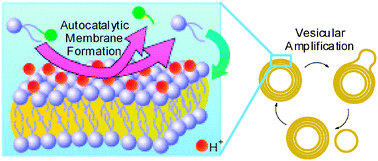
Auto-catalytic Behavior Exhibited in Heterogeneous System in Water
In this research, we established self-continuous assembly formation under non-equilibrium condition.
H. Takahashi, Y. Kageyama, K. Kurihara, K. Takakura, S. Murata, and T. Sugawara,* Chem. Commun. 46, 8791-8793 (2010).
Hierarchical Cooperation of Molecular Functions to Realize Macroscopic Motions of Assemblies in Water
— Supramolecular Motor that works with autonomous manner via dissipative self-organization
In this research, we established self-continuous flipping motion of macroscopic assembly under non-equilibrium condition. It is a big challenge in supramolecualr chemistry, which links nano-level molecular dynamics to macroscopic material dynamics.
T. Ikegami, Y. Kageyama, K. Obara, and S. Takeda, Angew. Chem. Int. Ed. (2016). [Press-release] from Angewandte Chemie. (May. 20, 2016) [Press-release] from Hokkaido University. (Jul. 6, 2016)
"Self-Propulsion of a Light-Powered Microscopic Crystalline Flapper in Water" Small, 202105302
Hierarchical Cooperation of Molecular Functions to Realize Macroscopic Motions of Assemblies in Water
Proton association-dissocciation behavior was involved in light-triggered winding motion of a helical molecular assembly. An uncompleted approarch to combine non-linear dynamics of molecualr assemblies for generating dissipative self-organized structure.
Y. Kageyama,* N. Tanigake, Y. Kurokome, S. Iwaki, S. Takeda,* K. Suzuki, and T. Sugawara,* Chem. Commun. 49, 9386-9388 (2013). [Download from Hokkaido Univ.]
Y, Kageyama, T. Ikegami, Y. Kurokome, and S. Takeda, Chem. Eur. J. 13, 8669-8675 (2016). [Download from Hokkaido Univ.]
Sustainable way for molecular assembling
Transporter molecule can contribute to the long-term molecular assembling by controlling the kinetics. A kind of a function of 'catalysts' that work for transportation not for conversion of molecule.
Y. Kageyama,* T. Ikegami, N. Hiramatsu, S. Takeda,* and T. Sugawara, Soft Matter, 11, 3550-3558 (2015). [Download from Hokkaido Univ.]
Current Works
Research Themes:
- 1) Creation of Reaction-Induced Macroscopic Dynamics of Supermolecules Based on the Aspect of Molecular Cooperation
- Organic Chemistry (Synthesis)
- Physical Chemistry (Thermodynamics, Intermolecular Force, Reaction Kinetics)
- Physics (Non-linear Phanomena, Self-Organization, Chaos)
- 2) Dynamics of Water Molecules Related with Soft Self-Assemblies in Water
- Physical Chemistry (DNP-NMR)
- Organic Chemistry (Synthesis of Functional Radicals for DNP-NMR)
- 3) Functional Dynamics of Electrons or Protons in Materials
- Organic Chemistry (Synthesis)
- Physical Chemistry (Thermodynamics, Reaction Kinetics)
Lectures:
- Institute for the Advancement of Higher Education, Hokkaido Univ.
- Practical Experimetns (Chemistry)
- General Education Seminor for Fresh Students
- Faculty of Science, Hokkaido Univ.
- Practical Experiments (Physical Chemistry)
- Graduate School of Chemical Sciences and Engineering, Hokkaido Univ.
- Several practice classes
Financial Grants:
- Private Grants
- Sasakawa Scientific Research, from the Japan Science Society (2010).
- MEXT, JSPS and JST Grants
- Grant-in-Aid for "Transformative Research Areas" from MEXT in Japan [Molecular Cybernetics] (Apr. 2023-Mar.2025)
- Grant-in-Aid for "Scientific Research on Innovative Areas" from MEXT in Japan [Discrete Geometric Analysis for Materials Design] (Apr. 2020-Mar.2022)
- Grant-in-Aid for "Scientific Research on Innovative Areas" from MEXT in Japan [Molecular Engine] (Jun. 2018-Mar.2023)
- Grant-in-Aid for "Scientific Research on Innovative Areas" from MEXT in Japan [Coordination asymmetry] (Apr. 2017-Mar.2019)
- Grant-in-Aid for "Scientific Research on Innovative Areas" from MEXT in Japan [Photosynergetics] (Apr. 2017-Mar.2019)
- Grant-in-Aid for Young Scientists (B), from JSPS in Japan (Apr. 2016 - Mar. 2019).
- PRESTO, from JST in Japan [Molecular Technology] (Oct. 2013 - Mar.2017).
- Grant-in-Aid for Challenging Exploratory Research, from JSPS in Japan (Apr. 2013 - Mar. 2014).
- Grant-in-Aid for Young Scientists (B), from JSPS in Japan (Apr. 2011 - Mar. 2012).
- The innovation research support for young teacher, from Global-COE Program (2010).
- The innovation research support for young teacher, from Global-COE Program (2009).
